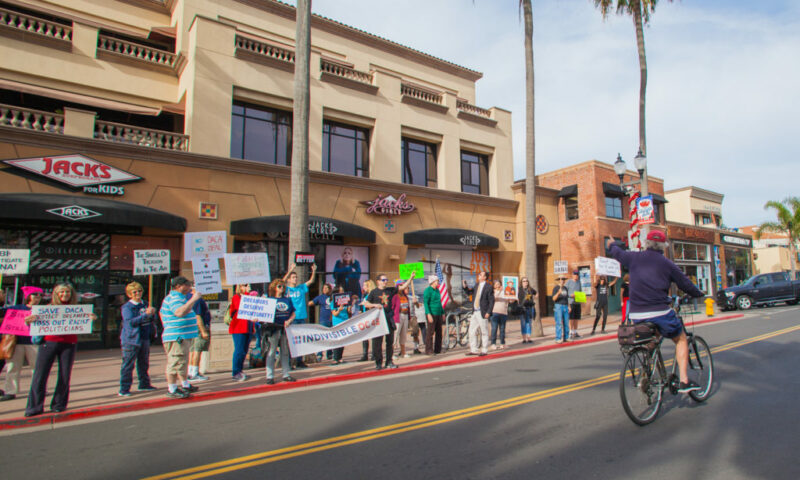

Co-published by The American Prospect
In the swank seaside hamlets of California Congressional District 48, people by custom and habit do not discuss politics. Many cannot name their congressman, Dana Rohrabacher.
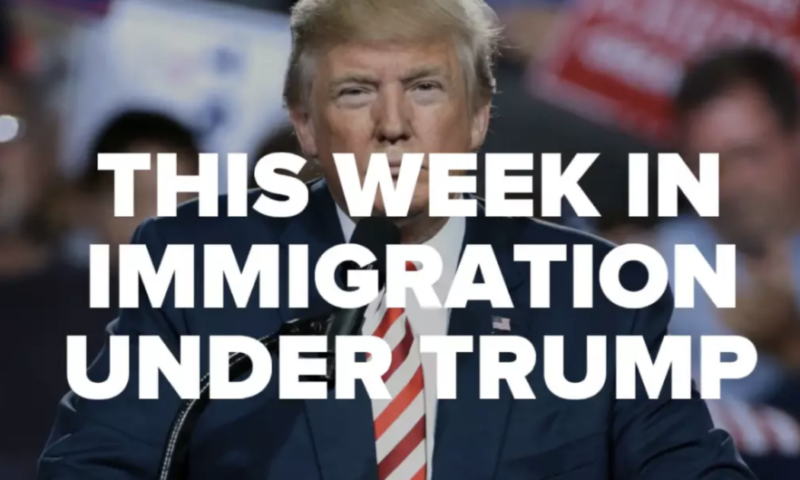

Here are the immigration stories you might have missed this week.


With the first tumultuous year of Donald Trump’s presidency winding down, Capital & Main looks back at the images and stories we presented over the last 12 months.
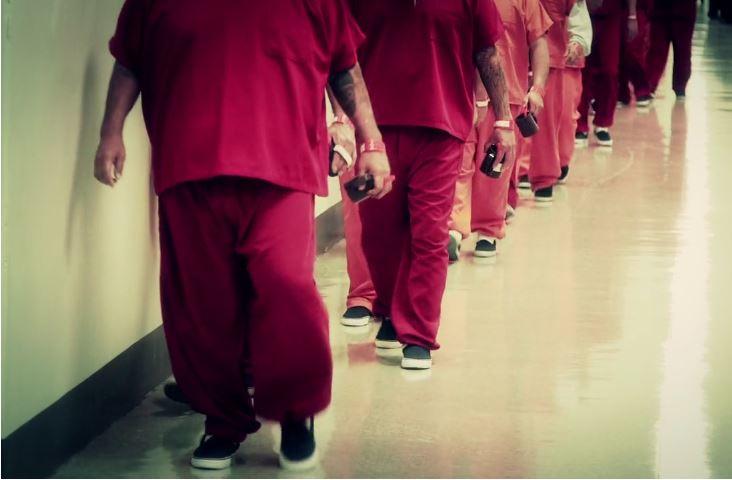
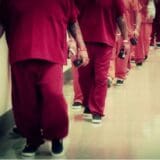
Asylum seekers in America are often treated like criminals — mandatorily imprisoned in isolated immigration detention centers after turning themselves in to immigration officials at the border.
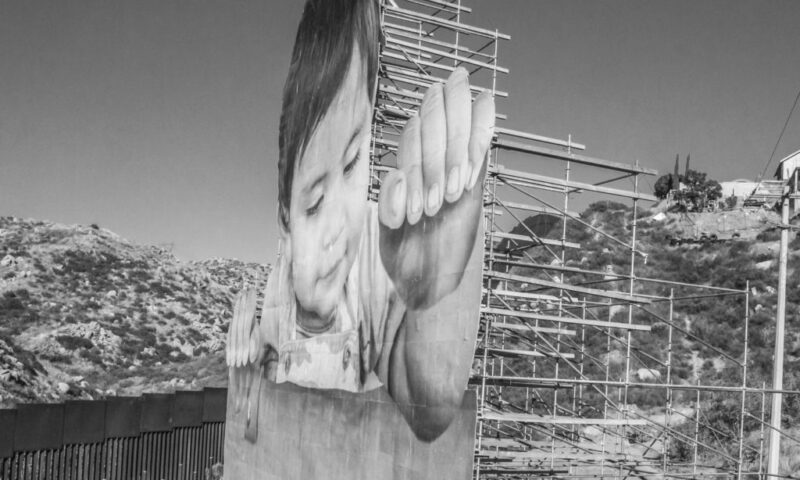

Co-published by The American Prospect
Kikito, an enormous photograph of a 1-year-old child, pasted onto plywood sheets, stands 65 feet high on Mexico’s side of the border. Viewed from the U.S., he is a giant black-and-white toddler, his chubby hands appearing to grip the top of the border wall as he looks over it, into the mysterious United States.
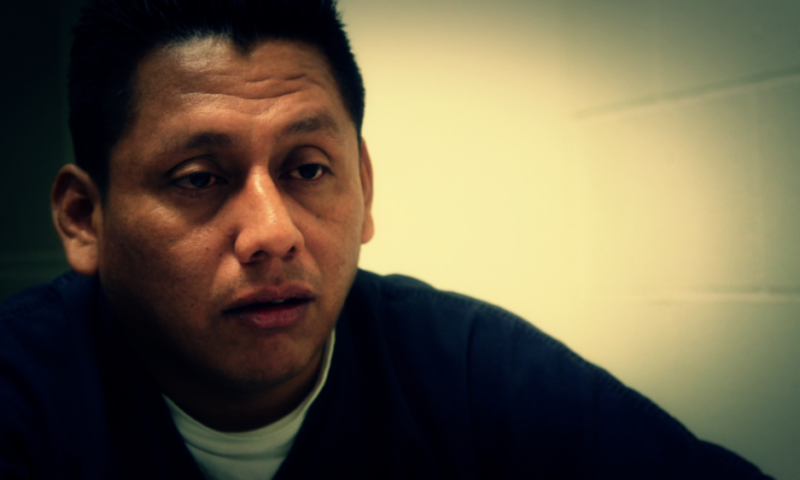
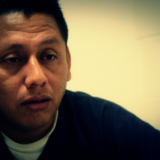
Conditions at Adelanto Detention Center, a privately operated prison currently used to detain undocumented immigrants, are said to be grim. Nine detainees, all of whom came to the U.S. seeking asylum, were so fed up that they staged a hunger strike. Guards responded with violence and pepper spray.
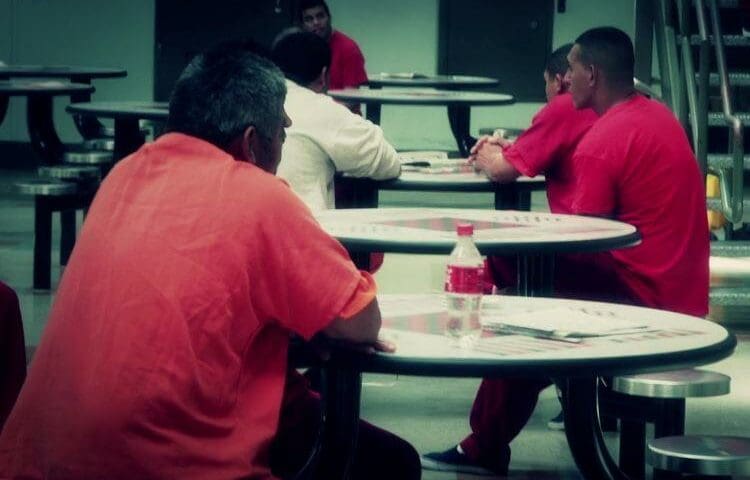
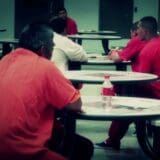
Conditions at Adelanto Detention Center, a privately operated prison currently used to detain undocumented immigrants, are said to be grim. Nine detainees, all of whom came to the U.S. seeking asylum, were so fed up that they staged a hunger strike. Guards responded with violence and pepper spray.


A fight over sanctuary cities is brewing in one of them — tiny Cudahy, located in Southeast Los Angeles County. Anti-immigrant groups hope to choke off municipal funds to punish the city, even if the Trump administration fails in its attempts to do so. BY ROBIN UREVICH
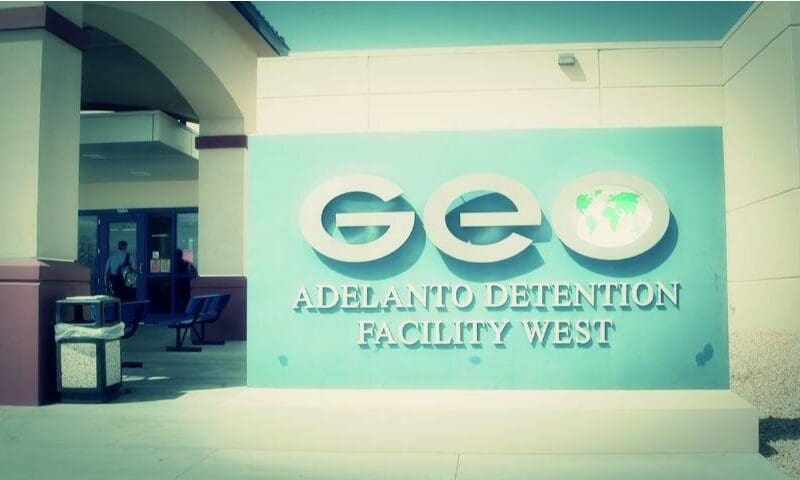

Hear reporter Robin Urevich speak on WNYC/PRI’s The Takeaway program about what she discovered during a recent visit to ICE’s Adelanto Detention Facility.
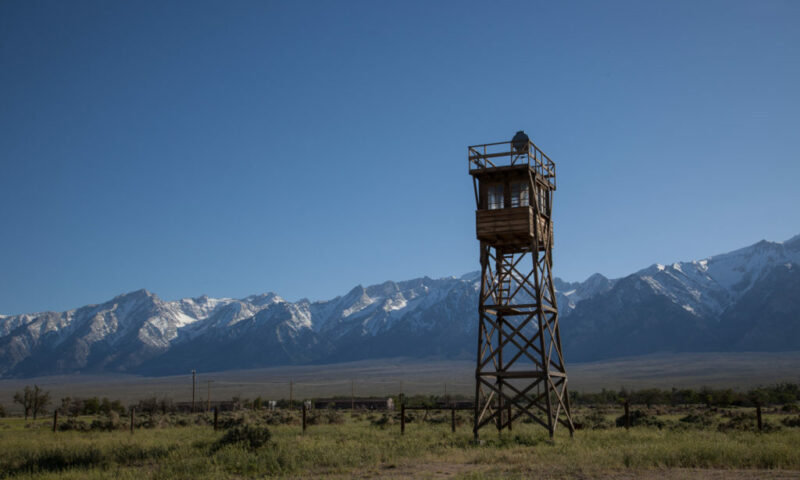

This year marks the 75th anniversary of Executive Order 9066, in which President Franklin Roosevelt authorized the forced removal of anyone who posed a “threat” to designated military zones during World War II.
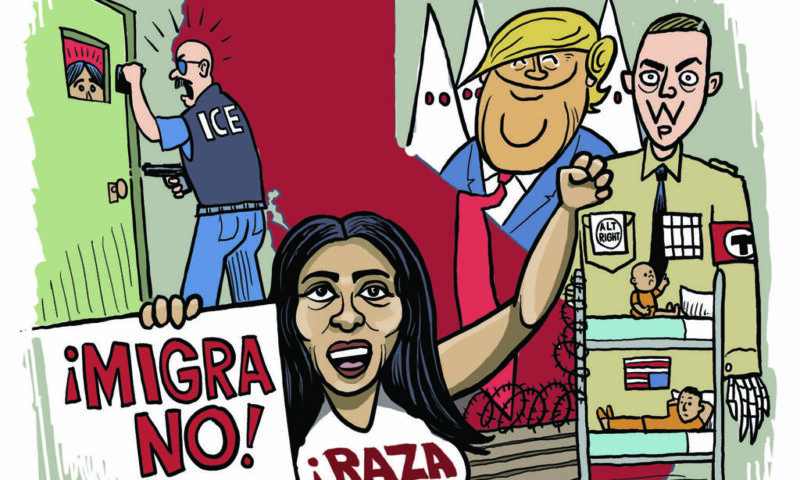

Many California officials have fought hard to oppose the new anti-immigrant policies and rhetoric. That power is limited, however, presenting a painful challenge to immigrants caught in the cross-hairs, and to those trying to defend them.


Co-published by Fast Company
Immigration detainee Norma Gutierrez says she wasn’t hospitalized after suffering a seizure at the Adelanto Detention Facility. Instead, she was taken in handcuffs to a cold room with a bed, a toilet and two blankets. Gutierrez says she remained alone there for four days.
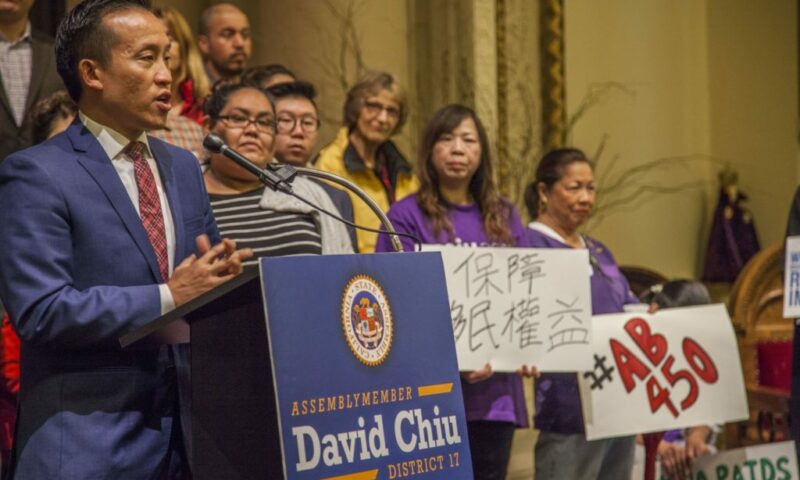
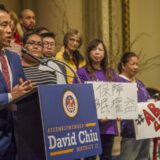
Co-published by The American Prospect
In California, the potential impact of workplace raids is enormous. Of the nation’s estimated 11 million undocumented immigrants, over 2.6 million live in this state – almost one in every 10 California workers is undocumented.


A photo essay by Joanne Kim.
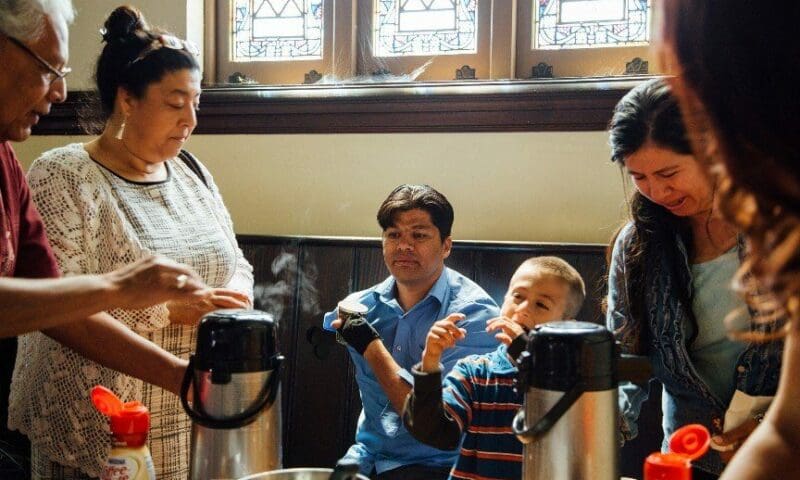

Co-published by Newsweek
California citizens have declared they will defy the federal government to protect the estimated 2.6 million undocumented immigrants woven into the state’s civic, economic and spiritual life. Here the nationwide wave of resistance to President Donald Trump has become a tsunami.
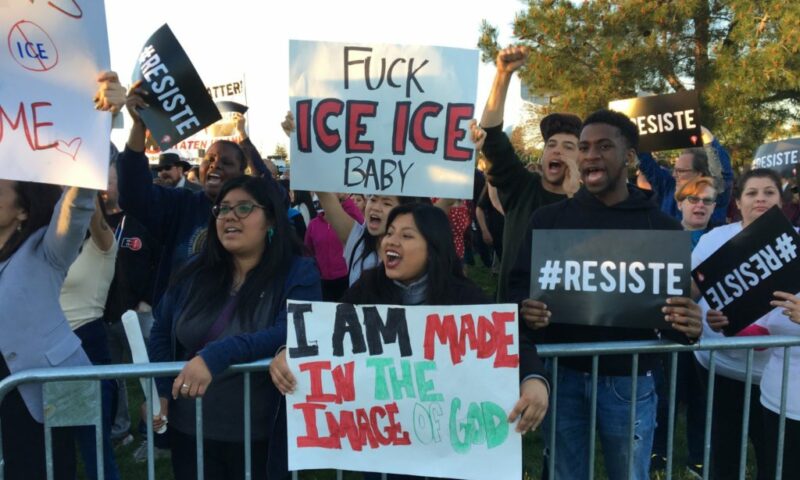

Last Friday, the Sheriff of Sacramento County, Scott Jones, announced that he would host a community forum with Thomas Homan, the acting director of Immigration and Customs Enforcement (ICE).
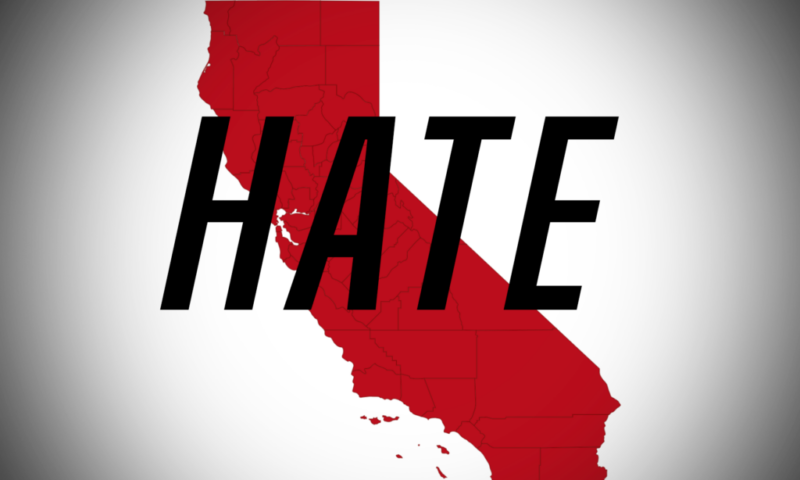

A new series exploring how, despite California’s resistance to Donald Trump, white nationalism and extremism are alive and well in the nation’s most diverse state.
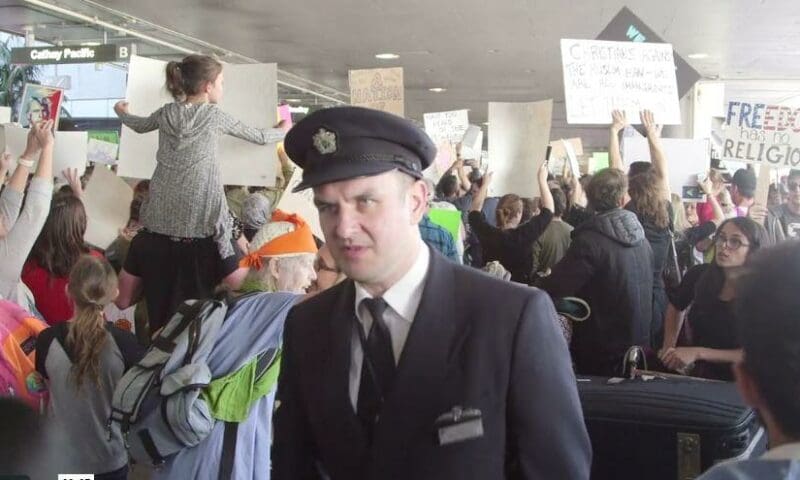

Video of protests against the Trump administration’s travel ban.
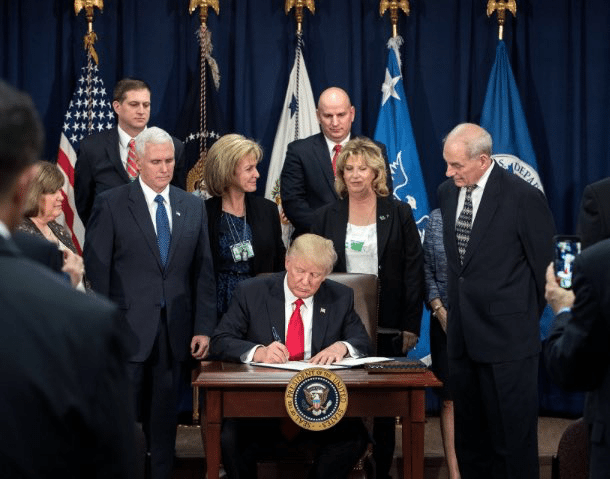

Anti-immigration decrees marked the first week of a shock-and-awe rollout of Trump initiatives to build a 1,900-mile wall along the border with Mexico, to cut off federal funds to “sanctuary cities” and to ban refugees from seven Muslim-majority countries.
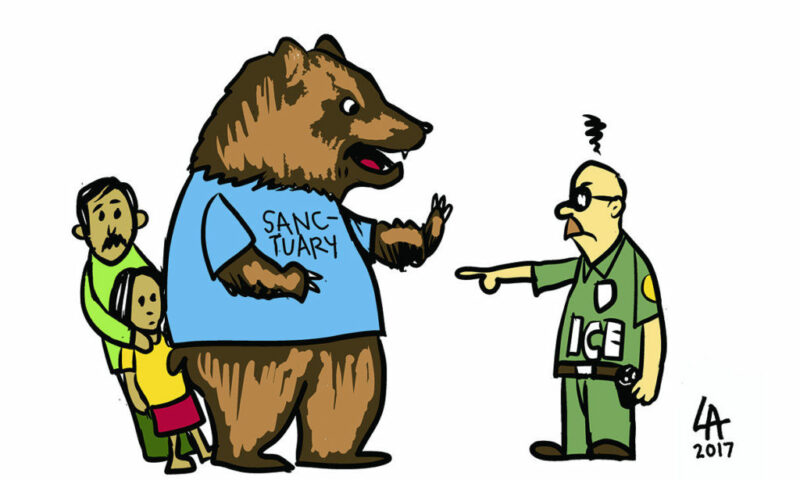

Three-quarters of Californians oppose mass deportation measures of the kind that President Donald Trump has repeatedly called for.